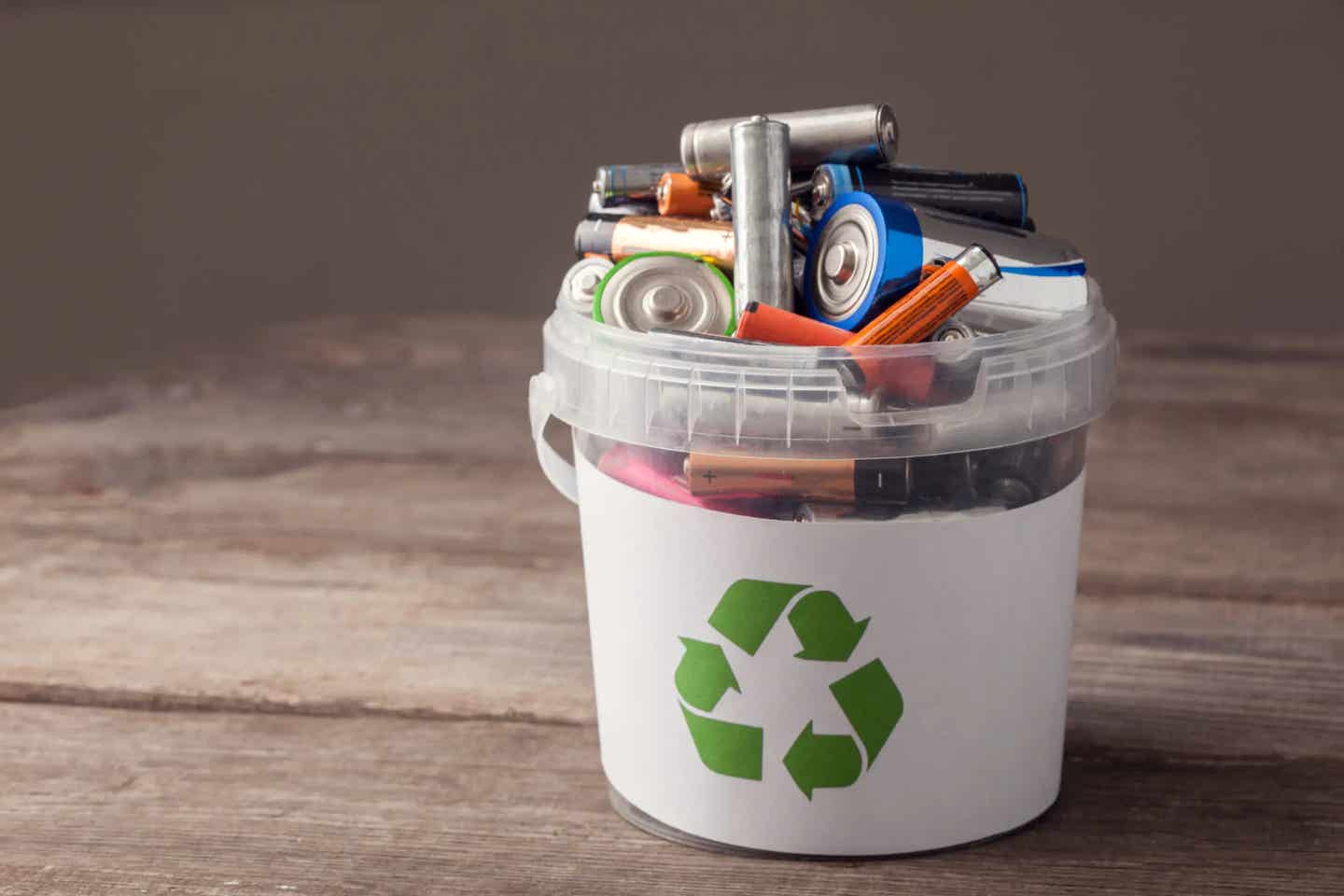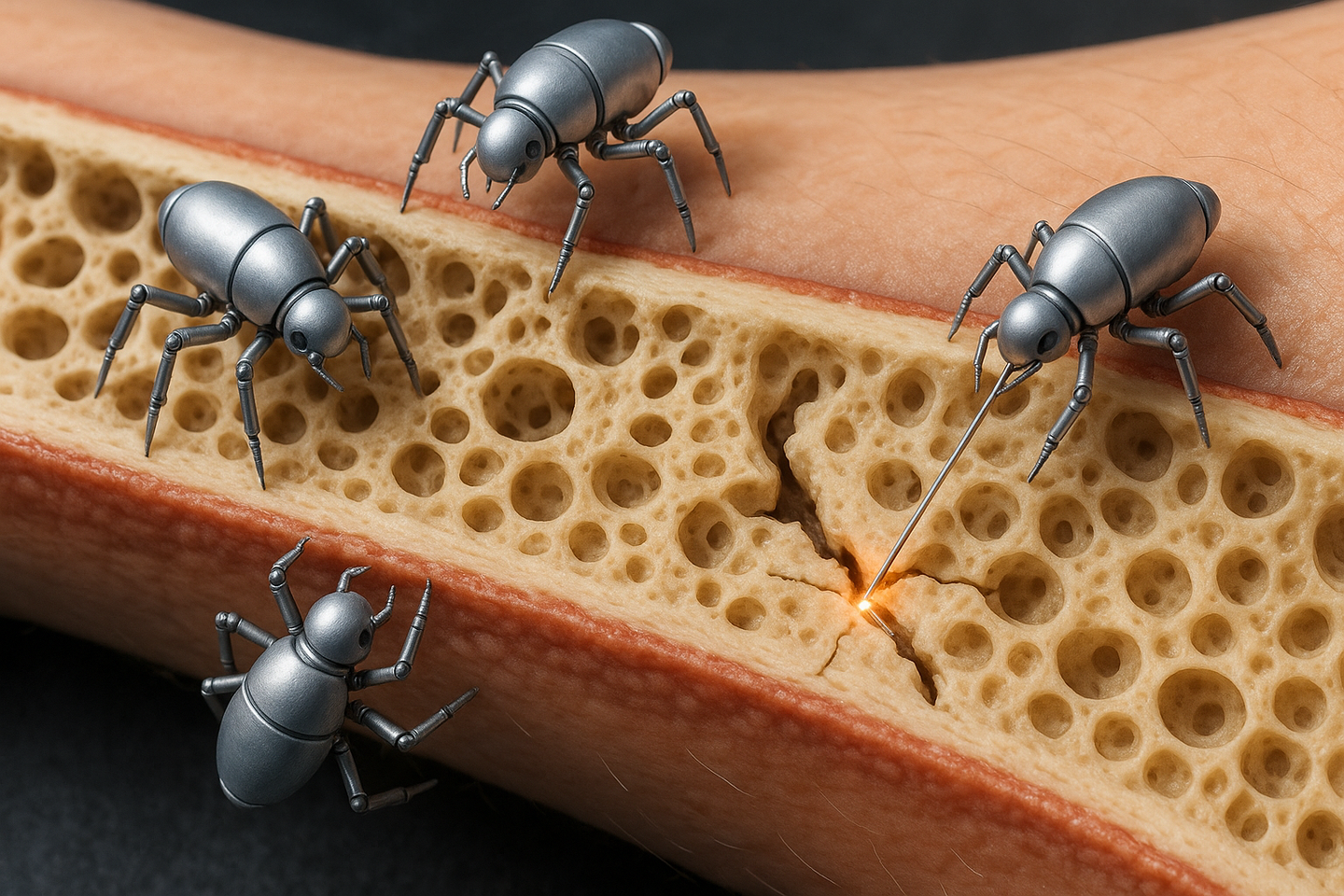New innovation creates clean-burning methane fuel from batteries and waste products
Scientists turn battery and aluminum waste into powerful catalysts that transform CO₂ into clean methane, solving two problems at once.

Scientists turn battery and foil waste into nanocatalysts that convert CO₂ into clean methane fuel. (CREDIT: iStock images)
Turning dangerous waste into something useful may sound futuristic, but it’s becoming a reality. Scientists from Vienna University of Technology have developed a new way to turn battery waste and used aluminum foil into powerful nanocatalysts. These tiny materials can help reduce harmful carbon dioxide (CO2) by turning it into methane—a fuel that burns clean and can power industries.
This breakthrough means more than just recycling. It means upcycling—taking waste and making it even better than before. It helps reduce pollution, cut carbon emissions, and reuse valuable metals like nickel. These new discoveries give us better tools for a cleaner, greener future.
Why Battery Waste Matters
Batteries power many of the tools we use every day, from electric cars to phones. But when they die, they become a big problem. Old nickel-metal hydride (Ni-MH) batteries contain toxic substances that can harm both people and the environment if not handled properly.
“Modern batteries... consist of different components, which makes recycling and recovery processes technologically challenging,” says Prof. Günther Rupprechter from the Institute of Materials Chemistry. He leads the research team behind this discovery. He explains that throwing away batteries can cause chemical leaks, fires, and pollution. It’s not just a hazard—it's a missed opportunity.
Even though old batteries are waste, they still hold valuable materials. Nickel, for example, is key to making new batteries. In Europe, used batteries and scrap from battery factories could supply 16% of the nickel needed by 2030. That would be enough to build batteries for 1.3 to 2.4 million electric vehicles every year.
But there’s a catch. The recycling capacity in the EU and the UK is only about one-tenth of what’s needed to reach this goal. That means the gap is growing. To solve this, researchers are working hard to create new ways to recycle better and faster.
Related Stories
From Kitchen Waste to Climate Solutions
The new method doesn’t stop with batteries. The team also found a way to reuse something as simple as aluminum foil—the kind you use in your kitchen. That foil, once treated, turns into alumina (Al₂O₃), an important material for making catalysts.
They combined this alumina with nickel from the batteries to create nanocatalysts, called Ni/η-Al₂O₃. These catalysts contain 4% to 8% nickel and work especially well for a chemical reaction called CO₂ methanation. That’s the process of turning CO₂ and hydrogen into methane gas.
The team used several high-tech tools—X-ray diffraction, electron microscopy, and energy-loss spectroscopy—to look closely at how the catalysts formed. What they saw impressed them: a strong, disordered structure with nickel particles spread out evenly. This setup made the catalyst very effective.
The version with 8% nickel performed the best. It converted CO₂ into methane with 99.8% accuracy at 400°C. It also had a high space time yield (STY) of 80.3 millimoles of methane per gram of catalyst every hour. In simple terms, this means the catalyst was both fast and efficient.
How the Catalyst Works
The researchers didn’t just build the catalyst—they also studied how it worked. Using special tools that monitor the process in real-time, like operando DRIFTS with gas chromatography and mass spectrometry, they saw the exact steps CO₂ followed as it turned into methane.
Here’s what happens: first, CO₂ sticks to the surface of the catalyst. Then, it turns into hydrogen carbonates. These molecules slowly change into formate and methoxy groups. Finally, these intermediate compounds become methane gas. This step-by-step path is called an associative methanation pathway.
Understanding this pathway helps scientists improve the process even more. It also proves that this method doesn’t need super-high pressure or energy. In fact, the catalyst already works at atmospheric pressure and a relatively low temperature of 250°C, which saves energy and makes the system safer to use.
A Circle That Closes Itself
One of the most exciting parts of the project is its focus on full sustainability. Catalysts often wear out over time. They can break down or lose power if carbon builds up on them. But in this case, the scientists saw no such problems. Still, they planned for the future.
“To close the sustainability loop, you can recycle the spent catalysts back into their original precursors to be reused,” explains Dr. Qaisar Maqbool, the first author of the study. This means even when the catalyst stops working, it doesn’t become waste. It becomes the starting point for a new cycle.
This kind of loop is what experts call a “circular economy.” It means we don’t just throw things away. Instead, we reuse and reimagine them, creating new products with less environmental harm. In this case, the same materials—nickel and aluminum—can keep coming back in different forms.
More Than Recycling: A Future for Clean Energy
“Recycling is an important step, but even greater impact can be achieved by upcycling nickel into catalysts capable of producing fuels,” says Dr. Maqbool. He believes that this approach could change how we think about both waste and energy.
Turning CO₂ into methane may seem like science fiction, but it’s already working in the lab. Methane is a fuel used in industries worldwide. It’s cleaner than coal or oil and can fit into existing energy systems. When produced this way, it doesn’t add new carbon to the atmosphere. Instead, it recycles CO₂ that’s already there.
Prof. Rupprechter agrees: “Our approach shows a solution to the climate problem – and in a way that also helps to solve a pressing waste problem.” He and his team now plan to scale up the method. If it works on a larger scale, it could offer a new tool for fighting climate change and protecting natural resources.
What This Means for the World
Right now, the world needs better ways to handle waste, reduce pollution, and produce clean energy. This new method offers all three. It turns dangerous battery waste and used foil into something powerful. It captures CO₂ and converts it into fuel. And it creates a cycle where nothing goes to waste.
Better recycling can make a big difference in the supply of critical metals. Upcycling can add even more value by making high-performance tools that support clean energy. And closing the loop means less pollution, more efficiency, and a future where waste becomes a valuable resource.
Scientists believe this is only the beginning. If industry and governments invest in these new methods, the benefits could be huge—not just for the environment, but also for the economy.
Research findings are available online in the journal Green Chemistry.
Note: The article above provided above by The Brighter Side of News.
Like these kind of feel good stories? Get The Brighter Side of News' newsletter.



